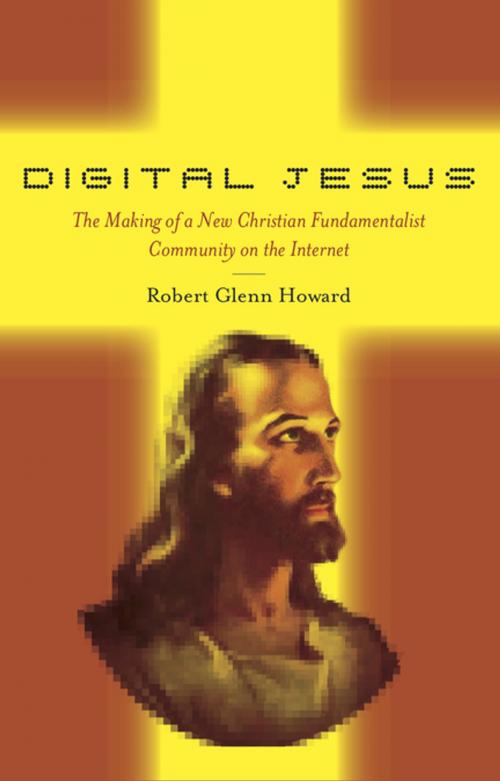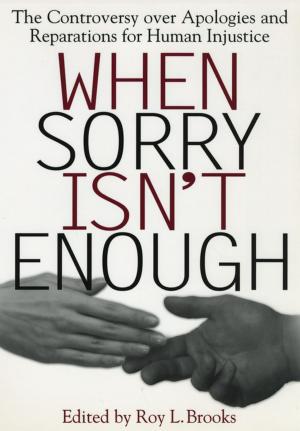Digital Jesus
The Making of a New Christian Fundamentalist Community on the Internet
Nonfiction, Religion & Spirituality, Other Practices, Fundamentalism, Christianity, General Christianity| Author: | Robert Glenn Howard | ISBN: | 9780814773093 |
| Publisher: | NYU Press | Publication: | February 16, 2011 |
| Imprint: | NYU Press | Language: | English |
| Author: | Robert Glenn Howard |
| ISBN: | 9780814773093 |
| Publisher: | NYU Press |
| Publication: | February 16, 2011 |
| Imprint: | NYU Press |
| Language: | English |
In the 1990s, Marilyn Agee developed one of the most well-known amateur evangelical websites focused on the “End Times”, The Bible Prophecy Corner. Around the same time, Lambert Dolphin, a retired Stanford physicist, started the website Lambert’s Library to discuss with others online how to experience the divine. While Marilyn and Lambert did not initially correspond directly, they have shared several correspondents in common. Even as early as 1999 it was clear that they were members of the same online network of Christians, a virtual church built around those who embraced a common ideology.
Digital Jesus documents how such like-minded individuals created a large web of religious communication on the Internet, in essence developing a new type of new religious movement—one without a central leader or institution. Based on over a decade of interaction with figures both large and small within this community, Robert Glenn Howard offers the first sustained ethnographic account of the movement as well as a realistic and pragmatic view of how new communication technologies can both empower and disempower the individuals who use them. By tracing the group’s origins back to the email lists and “Usenet” groups of the 1980s up to the online forums of today, Digital Jesus also serves as a succinct history of the development of online group communications.
In the 1990s, Marilyn Agee developed one of the most well-known amateur evangelical websites focused on the “End Times”, The Bible Prophecy Corner. Around the same time, Lambert Dolphin, a retired Stanford physicist, started the website Lambert’s Library to discuss with others online how to experience the divine. While Marilyn and Lambert did not initially correspond directly, they have shared several correspondents in common. Even as early as 1999 it was clear that they were members of the same online network of Christians, a virtual church built around those who embraced a common ideology.
Digital Jesus documents how such like-minded individuals created a large web of religious communication on the Internet, in essence developing a new type of new religious movement—one without a central leader or institution. Based on over a decade of interaction with figures both large and small within this community, Robert Glenn Howard offers the first sustained ethnographic account of the movement as well as a realistic and pragmatic view of how new communication technologies can both empower and disempower the individuals who use them. By tracing the group’s origins back to the email lists and “Usenet” groups of the 1980s up to the online forums of today, Digital Jesus also serves as a succinct history of the development of online group communications.















